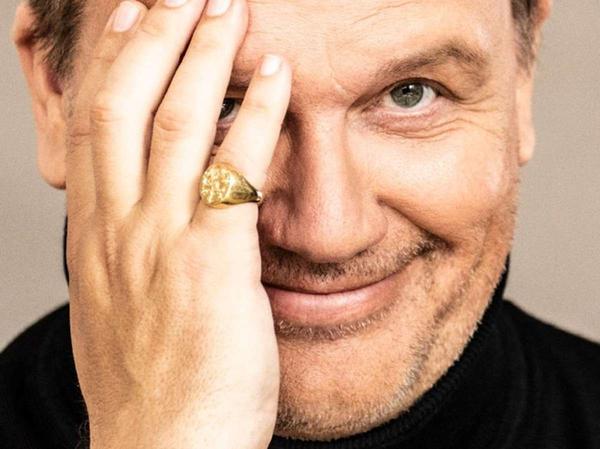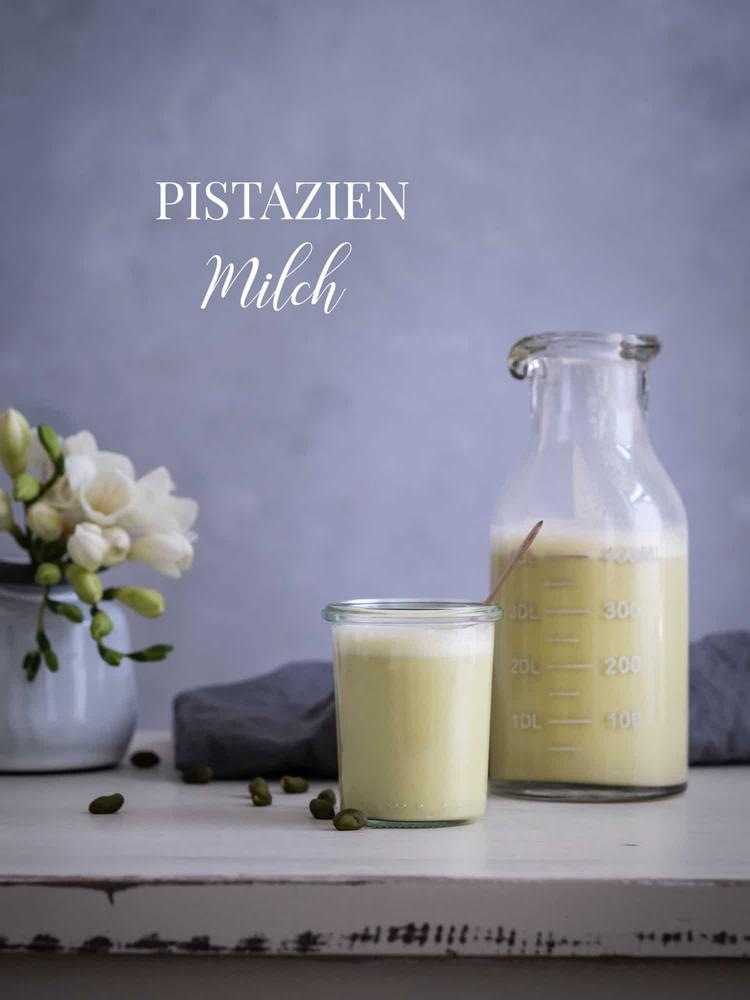
There is no thriller that is so often discussed as the "crime scene". Millions of viewers, millions of contributions that finance it. t-online took a close look at the budgets - and gained amazing insights.
56 million euros. ARD spends this sum every year to provide its viewers with a new "crime scene" case every Sunday. Is that a lot – or far too little? With international blockbusters, the money could at most pay for the catering. "Pirates of the Caribbean" or "Avengers" hits cost between 370 and 430 million euros – per film. In the case of "Tatort", the 56 million euros are the result of an overall calculation: ARD shows 35 new episodes a year and, according to information from t-online, spends between 1.5 and 1.7 million euros per 90-minute production.
So is the figurehead of the German crime scene landscape a bargain? no International productions are no comparison. They bring in billions at the box office worldwide, have an enormous visual effects budget and are cast with stars that almost everyone on earth knows. In Germany, on the other hand, Jan Josef Liefers and Axel Prahl are the most prominent actors - and you won't offend them if you say: Nobody outside of Germany knows these two men.
Nevertheless, it is interesting to look at "Tatort" productions. Because even if German cinema films such as "25 km/h", for which the leading actors Lars Eidinger and Bjarne Mädel won several awards for acting, cost more money, a "crime scene" is the German ultimate in cost-benefit analysis. "25 km/h" cost around five million euros, while in Germany one million people bought a cinema ticket for it. A million viewers at the "crime scene"? Unthinkable. Barrier-free and from the comfort of their own couch, between seven and ten million viewers usually tune in to the Sunday thriller on the first.
"Tatort accounts for 14 cents of the broadcast fee"
In addition, people in Germany are particularly interested in the "crime scene" because they finance it more or less themselves - and also attach expectations to their broadcast contribution. "The 'crime scene' accounts for around 14 cents of the monthly radio fee of 17.50 euros," a broadcaster told us when asked. A proportion that has not changed significantly even with the increase to EUR 18.36 per month.
However, the assessment of public broadcasters has changed. Again and again, most recently due to the judgment of the Federal Constitutional Court, radio has made the headlines.
The "crime scene" is switched on every week by millions of Germans - but critics like to pan it out, completely despise it or dismiss it as "expensive fee pleasure". An exclusive survey by t-online confirms this impression: You can read more about it here.
t-online asked all nine state broadcasters responsible for producing the "Tatort" editions. We wanted to know: How does the price come about, which broadcaster spends the most money on its crime stories – and how are the "Tatort" stars paid? It is particularly striking how little the public broadcasters reveal about their prestige projects. When asked, WDR, NDR, BR, SWR and Co. state that they will answer our questions - but then remain silent. A spokesman for the program department of Erstes Deutsches Fernsehen takes over the communication and responds to the t-online request on behalf of all broadcasters.
"Tatort" from Switzerland costs the most money
Only two senders swerve and do not dictate what they have to answer. The radio rebels come from abroad. The ORF and the SRF provide information separately about their respective "crime scene" teams in Austria and Switzerland. It is striking that no other broadcaster spends as much on a "crime scene" as SRF. "There are several reasons for the higher budget compared to the German 'Tatort' productions," said a spokeswoman for the costs of around two million Swiss francs, the equivalent of a little more than 1.8 million euros. "Wage costs in Switzerland are around 20 to 30 percent higher than in Germany, there are no provisions (vehicles, editing rooms, equipment and the like) from the broadcaster and a dubbed version has to be created for the Swiss 'crime scene'."
The most expensive "crime scene" comes from the Swiss. Twice a year, Tessa Ott (Carol Schuler) and Isabelle Grandjean (Anna Pieri Zuercher) are sent to Switzerland as a team of investigators to hunt down criminals. But it can be doubted that it should be Schuler and her colleague who earn the best in comparison to the other "crime scene" stars. "The costs for the actors' fees vary, but as a rule the proportion of the total budget is less than 20 percent," we were told from Switzerland when asked.
The new Swiss team of investigators: Isabelle Grandjean (Anna Pieri Zuercher) and Tessa Ott (Carol Schuler). (Source: ARD Degeto/SRF/Sava Hlavacek)
This is not the case with broadcasters like WDR. The team from Münster, for example, easily achieves a 20 percent share for the fees of the stars. Liefers and Prahl are among the top earners, but how exactly the ranking according to information from industry circles looks like can be seen here in our photo show: Established actors collect between 80,000 and 120,000 euros per episode - but it can sometimes be more.
The productions resort to tricks so that the stars can be lured with big money. In order to save costs, for example, many scenes are not filmed at the original locations, but at the locations in Cologne and the surrounding area - where the WDR is based. Camera teams only go to Münster for the exterior scenes, after all, Thiel and Boerne and St. Paul's Cathedral are to be staged together authentically. Travel, logistics and accommodation costs can be reduced to a minimum - and the stars still receive the top fees they demand.
Imbalance between women and men? ARD reacts
But because the budgets on public television are not getting bigger, but smaller, the "Tatort" productions have to make savings in other areas as well. The number of shooting days is falling, while the number of motifs completed every day is increasing - and has been for years. But the most important rule of thumb is: popular names in the leading roles, who are paid handsomely – and supporting actresses who have to make do with significantly less money.
As t-online has learned, this leads to absurd constellations. A prominent "crime scene" investigator from the MDR, Karin Hanczewski, draws attention to this in an interview: "The fact that I earn less than a male colleague has happened to me more often," she tells t-online. In her team of investigators from Dresden, Hanczewski is chief inspector Karin Gorniak and, alongside her colleague Cornelia Gröschel, the leading actress in the "Tatort" films. But another member of the team has the most money in his pocket after the usual 20 to 30 days of shooting: Martin Brambach. The native of Dresden appears less in his role as head of the commissioner than his teammates.
When asked, the first stated that they wanted to avoid unequal pay for women and men. "Gender-fair payment is of great importance for ARD and we take it into account in the negotiations," said a broadcaster spokesman. Martin Brambach's management also had the opportunity to comment on this imbalance. He has "no knowledge of the fees of his colleagues" and cannot comment on this topic.
"Tatort" from Münster: Jan Josef Liefers earns significantly more money in his role as the boss of Silke Haller (Christine Ursprechen) than his fellow actress. (Source: WDR/Martin Menke)
Other "Tatort" actresses with whom t-online was able to speak over the past year also state that they feel disadvantaged. But most want to remain anonymous. Often there are examples like the MDR: An actor with a higher level of awareness makes more money with fewer working days. Not uncommon in the industry. Christine Ursprechen, who has been playing Jan Josef Liefers’ assistant in the Münster “crime scene” since 2002, stated in September 2020 that she would be happy if she received only ten percent of her Münster colleague’s fee. He earned "over 100,000 euros" at a "crime scene", she revealed at the time.
Aylin Tezel, who as Nora Dalay had a permanent investigative role in Dortmund's "Tatort" for eight years, sums up the problem: "I'm sure that the top ten percent earn very well, but I've always had to deal with it that I was pressed in the salary - especially as a woman." Last year she broke up to reorient herself. "Theoretically, it's possible that I won't get any more work afterwards, but you have to deal with this risk," Tezel told t-online.
"ARD is very lucrative"
The "crime scene" is not only a safe bet for spectators every Sunday. In the German film and television business, an engagement in the ARD crime thriller is a main prize, for which some actresses apparently make cutbacks. Netflix, Amazon and Co. pay great salaries to international stars, as a recent survey recently revealed. But filmmakers from Germany are not benefiting from this boom, as several actresses independently confirm. "ARD is very lucrative," it says, and there is talk of a "difficulty situation" in relation to streaming productions. "The fees are well below average there," reports another.
The 56 million euros for the "Tatort" productions may seem ridiculously puny in an international context, but they are by no means so. The "crime scene", to use the comparison again at the beginning of the text, is something like the "Avengers" cosmos in Germany. Hardly anyone pays as well - but that doesn't mean it's fair.







